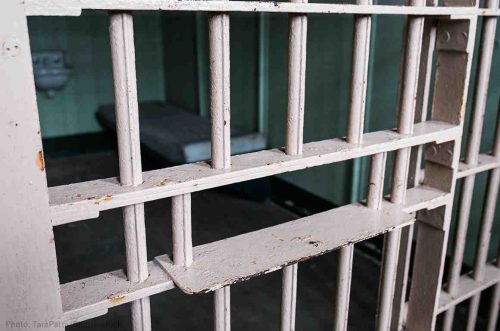

By Lily Rusk
WASHINGTON, DC – Over the past 10 years, incarceration and crime rates have declined in 46 U.S. states, according to a new brief from The Sentencing Project, entitled “Incarceration and Crime: A Weak Relationship.”
This article also dissects the relationship between mass incarceration and decreased crime rates beginning in the 90s.
Nazgol Ghandnoosh, co-director of research with The Sentencing Project and co-author of the report, said, “We hope this research brief will help to educate both policymakers and the public about the fact that crime rates and incarceration levels are not closely related.”
Ghandnoosh added, “During the 1990s, crime rates increased along with incarceration rates, yet incarceration rates continued to go up when U.S. crime rates started falling. While data may indicate that incarceration has some impact on crime – albeit, very limited – non-prison approaches to community safety that are supported by research should be prioritized. We don’t need to rely on mass incarceration to bring down the recent uptick in crime.”
Similar to the U.S., 24 other countries have experienced decreased crime rates, noted Ghandnoosh, emphasizing “Incarceration and Crime: A Weak Relationship” examines how in these 24 countries most have not expanded imprisonment on the scale of the U.S.
Within the U.S., states that have experienced decreased crime rates such as Louisiana have decreased mass incarceration.
“In the last decade or so, most states have started reducing their incarceration levels while also experiencing a reduction in crime levels,” Ghandnoosh said, adding “We simply don’t need to put so many people behind bars to promote community safety.”
“Incarceration and Crime: A Weak Relationship” addresses policies that can aid the safety needs of communities.
These include: Reducing unnecessary justice involvement through investment in community programs for violence and addiction, leveraging non-carceral responses to crime for those who are not a threat to public safety, eliminating lengthy and extreme sentences with a cap of 20 years of imprisonment with limited exceptions, permitting a “second look” at extreme sentences after 10 years of imprisonment, and eliminating bias through the use of racial impact statements that will aid lawmakers in determining disparities of proposed legislation before implementation.